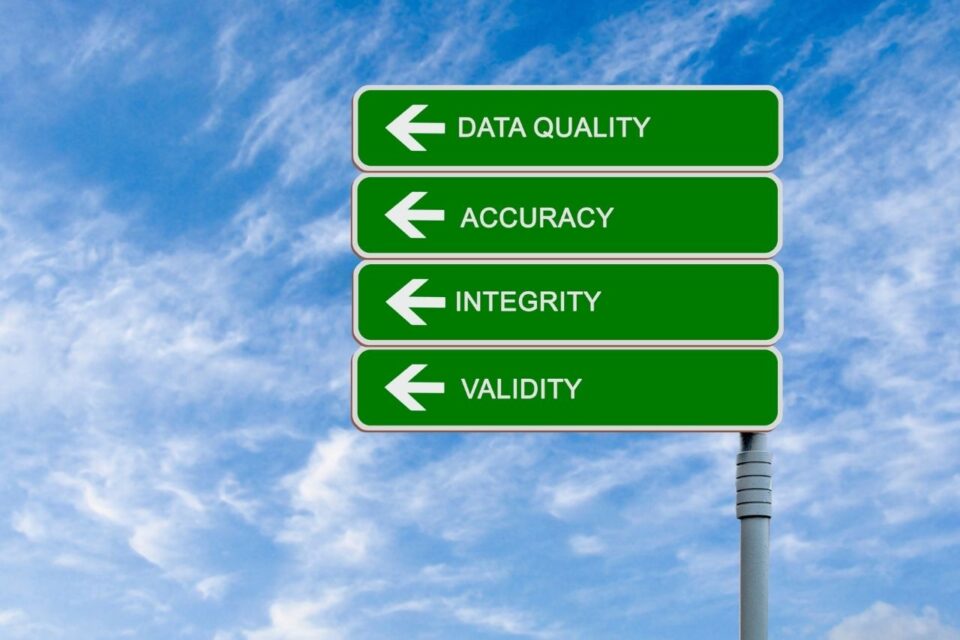
What to look for in a RCM Revenue Cycle Management partner or provider?
February 1, 2018
The Growing Importance of Revenue Cycle Management
March 5, 2018After the scheduling of a doctor’s appointment, the process which leads up to a patient’s care and having payment received is referred to as ‘revenue cycle management’. This cycle ends when full payment for a service is received and the service has been delivered.
Unfortunately, like all processes, this too must overcome several obstacles. Issues arising from miscommunication, coding complexity and medical billing errors hinder the smooth flow of the process of revenue generation. Therefore, successful management becomes a challenge.
Along the several steps taken to the point the patient receives medical care, several challenges are faced in matters of payment and reimbursement. Here are some of the following:
Step one is essentially the management of scheduling patient appointments. This is inclusive of figuring out a suitable time for the patient in line with the doctor’s availability followed by the registration of the patient within the database. While registering the patient it is important to effectively record the patient’s medical history to inform the physician beforehand.
Offices are now incorporating technology to further speed up the collection of required data. This could be through online forms or other such methods. Despite the availability of streamlined technology to help speed up efficient collection to this information, human-based or computer-based mistakes can occur. This information provides the basis on which claims can be billed and collected in the most effective way. Given that this data is not recorded to its best of capacity, this could lead to future complications in the administration of the subsequent steps of the cycle.
The next front-end step of revenue cycle management is checking patient eligibility. This includes gathering patient identity information. This also includes asking whether the patient is covered by insurance and to how much of an extent they are covered. At this point, the patient is often asked to decide how many visitors they would like to allow.
Claims submitted are often rejected because of eligibility issues. Therefore, to spare all of the trouble, it is best to ensure that eligibility is confirmed in the very beginning; ensuring revenue cycle success. Managing the claims process by confirming that all information is acquired fully before care delivery occurs, and asking the necessary questions, means the chance of future problems occurring is likely to be reduced.
Healthcare providers continue to struggle with ever-increased workload and lack of effective resources, and must strive for efficient and effective methods to tackle these issues. The determination to make these changes has now been ongoing for several years.
Improved organization and synchronization of the many aspects of the revenue cycle will only increase the likelihood of effective reimbursement delivery, improve communication with patients, and ensure that high quality care delivery remain to be top focus.
Keeping this in mind, if the healthcare sector is willing to fully invest its time and resources into enhancing the quality of its data collection methods, the aforementioned issues are unlikely to arise- benefiting them in the long run.





